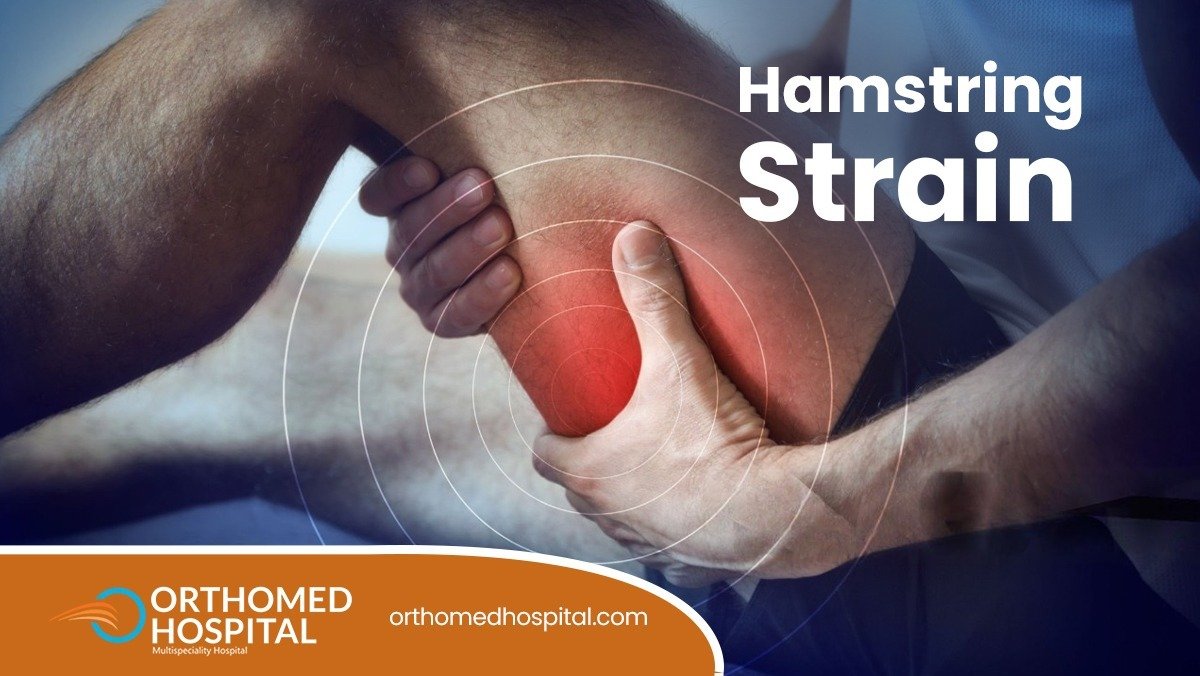
- Home
- About
- Services
- Specialists
- Research
- Achivements
- gallery
- contact








- Home
- About Us
- Orthopedics
- Know Your Alignment
- Sports Medicine
- Knee
- Arthroscopic ACI Cartilage Transplant
- Arthroscopic ACL Avulsion Fixation
- Arthroscopic ACL Primary Repair
- Arthroscopic ACL Reconstruction – All Inside Technique
- Arthroscopic ACL Rehab
- Arthroscopic ACL Revision Surgery
- Arthroscopic ACL Single Bundle Reconstruction
- Arthroscopic assisted MPFL Reconstruction
- Arthroscopic assisted Multiple Ligament Tear – SURGERY
- Arthroscopic Medial Meniscal Repair
- Arthroscopic OATS Chondroplasty
- Arthroscopic OCD Fixation
- Arthroscopic Paediatric ACL Reconstruction
- Arthroscopic PCL Avulsion Fixation
- Arthroscopic PCL Reconstruction
- Arthroscopy Assisted STEM Cell Cartilage Transplant
- PCL Rehabilitation
- Total Knee Replacement
- Shoulder
- Arthroscopic Rotator Cuff Repair
- Arthroscopic Bankart Repair
- Arthroscopy Assisted Latarjet Surgery
- AC Joint Fixation
- Arthroscopic Capsular Release
- Arthroscopic Sub – Acromial Decompression (SAD)
- Arthroscopic Calcific Tendinitis Excision
- Arthroscopic Biceps Tenodesis
- Arthroscopic SLAP Repair
- Arthroscopic Revision Cuff Repair
- Arthroscopic Revision Bankart Repair
- Shoulder Rehab
- Elbow
- Wrist
- Hip
- Ankle
- Our Specialities
- Podiatric / Diabetic Foot Clinic
- General Surgery & Gastroenterology
- Obstetrics & Gynaecology
- Internal Medicine & Diabetology
- ENT
- Plastic & Cosmetic Surgery
- Paediatrics
- Pulmonology
- Nephrology & Urology
- Psychiatry
- Rheumatology
- Vascular Surgery
- Anaesthesiology & Intensive Care Unit
- Dermatology
- Oncology
- Radiology
- Sonology
- Endocrinology
- Cardiology
- Neurology
- Oral and Maxillofacial Surgery
- Our Services
- Resource
- Enquiry


- Home
- About Us
- Orthopedics
- Know Your Alignment
- Sports Medicine
- Knee
- Arthroscopic ACI Cartilage Transplant
- Arthroscopic ACL Avulsion Fixation
- Arthroscopic ACL Primary Repair
- Arthroscopic ACL Reconstruction – All Inside Technique
- Arthroscopic ACL Rehab
- Arthroscopic ACL Revision Surgery
- Arthroscopic ACL Single Bundle Reconstruction
- Arthroscopic assisted MPFL Reconstruction
- Arthroscopic assisted Multiple Ligament Tear – SURGERY
- Arthroscopic Medial Meniscal Repair
- Arthroscopic OATS Chondroplasty
- Arthroscopic OCD Fixation
- Arthroscopic Paediatric ACL Reconstruction
- Arthroscopic PCL Avulsion Fixation
- Arthroscopic PCL Reconstruction
- Arthroscopy Assisted STEM Cell Cartilage Transplant
- PCL Rehabilitation
- Total Knee Replacement
- Shoulder
- Arthroscopic Rotator Cuff Repair
- Arthroscopic Bankart Repair
- Arthroscopy Assisted Latarjet Surgery
- AC Joint Fixation
- Arthroscopic Capsular Release
- Arthroscopic Sub – Acromial Decompression (SAD)
- Arthroscopic Calcific Tendinitis Excision
- Arthroscopic Biceps Tenodesis
- Arthroscopic SLAP Repair
- Arthroscopic Revision Cuff Repair
- Arthroscopic Revision Bankart Repair
- Shoulder Rehab
- Elbow
- Wrist
- Hip
- Ankle
- Our Specialities
- Podiatric / Diabetic Foot Clinic
- General Surgery & Gastroenterology
- Obstetrics & Gynaecology
- Internal Medicine & Diabetology
- ENT
- Plastic & Cosmetic Surgery
- Paediatrics
- Pulmonology
- Nephrology & Urology
- Psychiatry
- Rheumatology
- Vascular Surgery
- Anaesthesiology & Intensive Care Unit
- Dermatology
- Oncology
- Radiology
- Sonology
- Endocrinology
- Cardiology
- Neurology
- Oral and Maxillofacial Surgery
- Our Services
- Resource
- Enquiry



- Home
- About Us
- Orthopedics
- Know Your Alignment
- Sports Medicine
- Knee
- Arthroscopic ACI Cartilage Transplant
- Arthroscopic ACL Avulsion Fixation
- Arthroscopic ACL Primary Repair
- Arthroscopic ACL Reconstruction – All Inside Technique
- Arthroscopic ACL Rehab
- Arthroscopic ACL Revision Surgery
- Arthroscopic ACL Single Bundle Reconstruction
- Arthroscopic assisted MPFL Reconstruction
- Arthroscopic assisted Multiple Ligament Tear – SURGERY
- Arthroscopic Medial Meniscal Repair
- Arthroscopic OATS Chondroplasty
- Arthroscopic OCD Fixation
- Arthroscopic Paediatric ACL Reconstruction
- Arthroscopic PCL Avulsion Fixation
- Arthroscopic PCL Reconstruction
- Arthroscopy Assisted STEM Cell Cartilage Transplant
- PCL Rehabilitation
- Total Knee Replacement
- Shoulder
- Arthroscopic Rotator Cuff Repair
- Arthroscopic Bankart Repair
- Arthroscopy Assisted Latarjet Surgery
- AC Joint Fixation
- Arthroscopic Capsular Release
- Arthroscopic Sub – Acromial Decompression (SAD)
- Arthroscopic Calcific Tendinitis Excision
- Arthroscopic Biceps Tenodesis
- Arthroscopic SLAP Repair
- Arthroscopic Revision Cuff Repair
- Arthroscopic Revision Bankart Repair
- Shoulder Rehab
- Elbow
- Wrist
- Hip
- Ankle
- Our Specialities
- Podiatric / Diabetic Foot Clinic
- General Surgery & Gastroenterology
- Obstetrics & Gynaecology
- Internal Medicine & Diabetology
- ENT
- Plastic & Cosmetic Surgery
- Paediatrics
- Pulmonology
- Nephrology & Urology
- Psychiatry
- Rheumatology
- Vascular Surgery
- Anaesthesiology & Intensive Care Unit
- Dermatology
- Oncology
- Radiology
- Sonology
- Endocrinology
- Cardiology
- Neurology
- Oral and Maxillofacial Surgery
- Our Services
- Resource
- Enquiry

Hamstring Injuries: A Closer Look
Among athletes and proactive individuals, hamstring injuries are common. These injuries happen due to sudden movements or overexertion that strain muscles at the back of the thigh. The hamstring is nothing but a group of three muscles, important for leg movement. It plays a key role in activities that involve bending the knee and hip extending. So these muscles are mostly vulnerable during jumping, sprinting, and quick direction changes in motion.
When these muscles are put under such an excessive force or stretched more than their threshold, they are strained or torn. Because due to rapid movements like running, muscles cannot decelerate such fast movements. To technically understand more about it, you can consult the best orthopedic specialist in Chennai for a clear idea about it.
The Spectrum of Hamstring Injuries
There are three grades categorized under hamstring injury depending on the seriousness of muscle damage:
- Grade I (Mild): With the least damage to muscle fiber, it’s a minor strain. So the pain is also mild, and people can walk without major discomfort.
- Grade II (Moderate): A partial tear of muscle fiber that ends in minimal pain and swelling and limits an individual’s mobility. Regular walking can be painful, and activities related to quick movements are a big challenge.
- Grade III (severe): Complete damage of a tendon or muscle that causes severe swelling, pain, and bruising. It’s impossible to walk because the damaged leg looks deformed.
Who is at Risk?
Hamstring injuries are more common among athletes who involve quick responses to change direction, acceleration, or deceleration, like:
- Hockey
- Basketball
- Track and field
- Football
People with muscle imbalances, the least warm-up before exercise, and a history of any hamstring injuries have a high-risk possibility for experiencing such injuries.
Symptoms and Causes:
Common Causes of Hamstring Injuries
- Sudden Movements: High-intensity action similar to jumping, sprinting, or suddenly changing direction can pressure the hamstrings, leading to tears or strains.
- Inadequate Warm-Up: stiff and inactive muscles are more exposed to injury. So a correct warm-up helps to prepare your body for upcoming physical action and minimize the risk of any strains.
- Previous Injuries: people with a history of hamstring injuries have a high risk due to weakened muscle tissues or scar formation.
Recognizing the Signs
Symptoms for these injury changes depend on the severity of the strain. Some common signs include:
- Sharp Pain: A serious and intense pain in the thigh is often a sign of hamstring injury.
- Swelling and bruising, discoloration, and bulging are signs of severe strains.
- Tenderness: The damaged area may feel so sensitive to touch.
- Limited Range of Motion: Suppress the freeflow movement, especially when it is difficult to walk; straighten the leg.
- Popping Sensation: In some rare cases, a unique popping sound may be heard at the time of injury.
Diagnose and Tests
How Are Hamstring Injuries Evaluated and Diagnosed?
With physical examination, healthcare provides a check for any swelling, tenderness, and possibility of motion. They also go for specific movement tests to understand the seriousness of the injury. Imaging tests like MRI or ultrasound are used to verify the diagnosis and understand the severity.
What healthcare providers diagnose hamstring injuries?
Orthopedic doctors, physical therapists, general practitioners, and sports medicine specialists can diagnose the injury. But for some severe injuries, orthopedic surgeons and sports medicine physicians need to be involved.
In such cases, go for treatments at the best orthopedic hospital in Chennai, like Orthomed Hospital, who have access to top-notch medical expertise and advanced treatment options.
Management and Treatment
How Are Hamstring Injuries Treated?
Based on the severity, hamstring injuries are treated. It begins with the R.I.C.E. Method:
- Rest: Neglect the idea of pressure on the movement of the injured leg.
- Ice: Use ice packs for 15-20 minutes with an interval between every hour to minimize the swelling.
- Compression: Use elastic bandages or wraps to reduce swelling.
- Elevation: To avoid fluid buildup, keep the injured leg elevated.
Physical Therapy
Physical therapy is highly recommended for moderate-to-severe strains. With the guidance of a therapist, through exercises, you can gradually improve strength, movement range, and flexibility, avoiding re-injury.
Surgery
Surgery is always a final option and may be required for Grade III injuries, especially if it’s a complete tear of a tendon or muscle. This option is mostly reserved for athletes who opt to return to their top performance levels or if nonsurgical treatments are ineffective.
Prevention
How Can I Prevent a Hamstring Injury?
Prevention is better than cure, and the upcoming strategies will help to minimize the hamstring strain risk:
- Proper Warm-Up: If you’re involved in any sports activities, start with a little warm-up stretching, and aerobic exercises.
- Strength and Flexibility Training: To maintain balance, always focus on strengthening the hamstrings and quadriceps. Even regular stretching will increase your flexibility.
- Gradual Progression: Don’t overstain your muscles by sudden, intense training.
Conclusion:
Understanding the symptoms, treatments, and root causes of hamstring injuries will help people consult the best orthopedic specialist in Chennai and receive proper treatment to recover from these muscle strains more efficiently. By following preventive measures aligned with the treatment protocol, the risk factors can be reduced.
If hamstring pain keeps you out of regular activities, then contact Orthomed Hospital today. With our expert specialists and modern tools and resources, we help people recover from injuries quickly by returning to pain-free activity.

Comments are closed